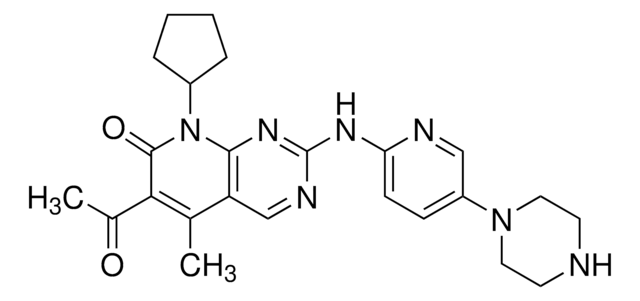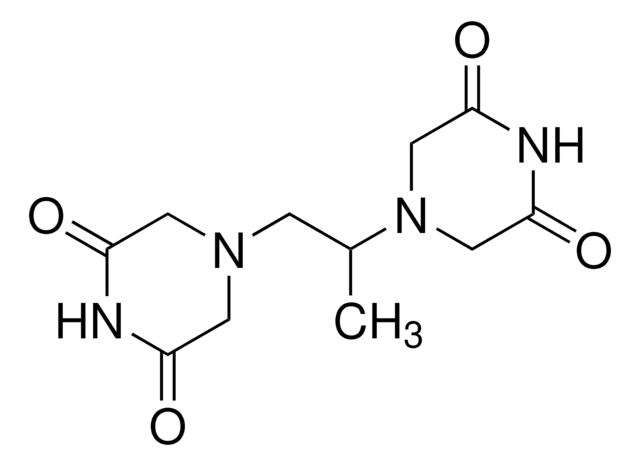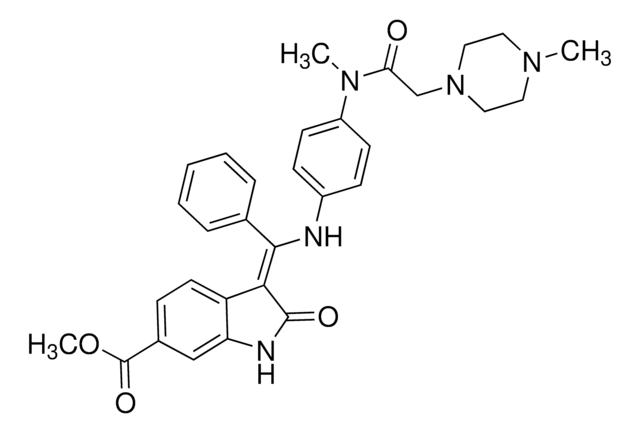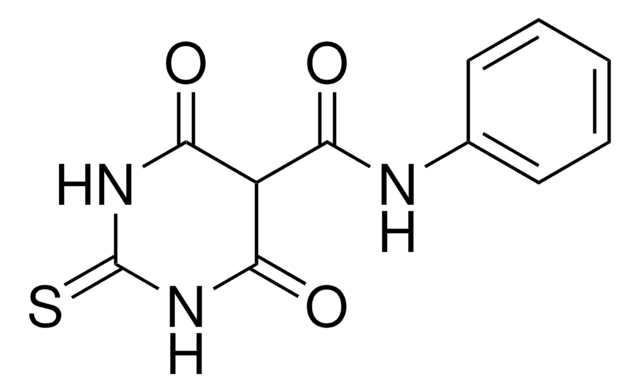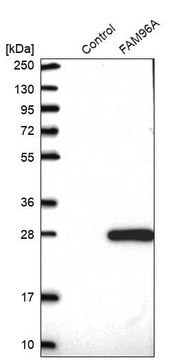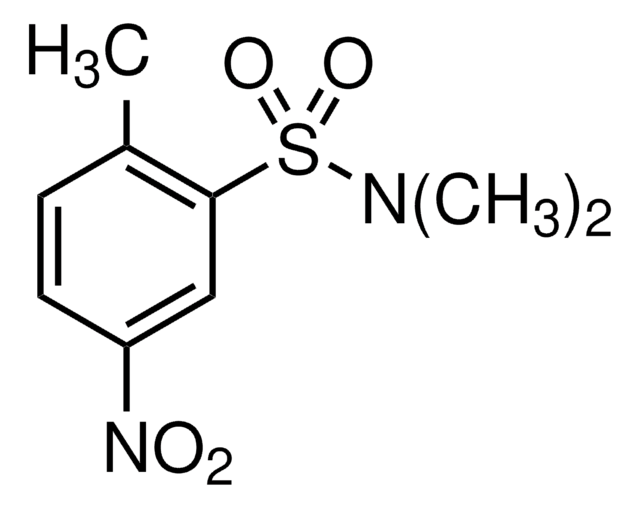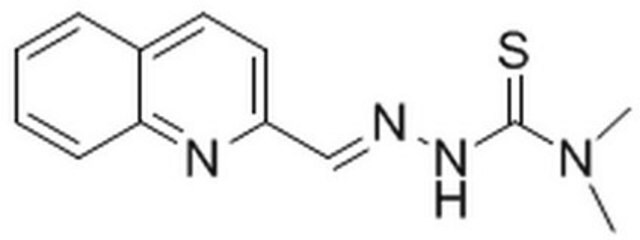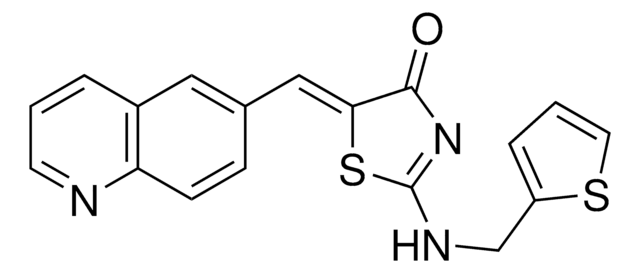I4659
ICRF-193
apoptosis inducer, arabinosidase substrate
Synonym(s):
meso-4,4′-(3,2-Butanediyl)-bis(2,6-piperazinedione)
About This Item
Recommended Products
biological source
synthetic (organic)
Quality Level
Assay
≥95%
form
powder or flakes
solid
solubility
DMSO: 4 mg/mL
storage temp.
−20°C
SMILES string
C[C@@H]([C@@H](C)N1CC(=O)NC(=O)C1)N2CC(=O)NC(=O)C2
InChI
1S/C12H18N4O4/c1-7(15-3-9(17)13-10(18)4-15)8(2)16-5-11(19)14-12(20)6-16/h7-8H,3-6H2,1-2H3,(H,13,17,18)(H,14,19,20)/t7-,8+
InChI key
OBYGAPWKTPDTAS-OCAPTIKFSA-N
General description
Application
Biochem/physiol Actions
Signal Word
Danger
Hazard Statements
Precautionary Statements
Hazard Classifications
Acute Tox. 3 Oral - Skin Sens. 1
Storage Class Code
6.1C - Combustible acute toxic Cat.3 / toxic compounds or compounds which causing chronic effects
WGK
WGK 3
Flash Point(F)
Not applicable
Flash Point(C)
Not applicable
Personal Protective Equipment
Choose from one of the most recent versions:
Already Own This Product?
Find documentation for the products that you have recently purchased in the Document Library.
Our team of scientists has experience in all areas of research including Life Science, Material Science, Chemical Synthesis, Chromatography, Analytical and many others.
Contact Technical Service